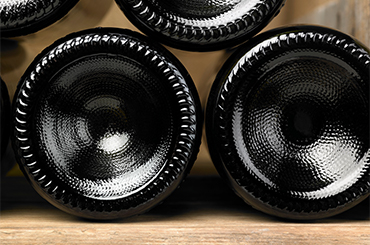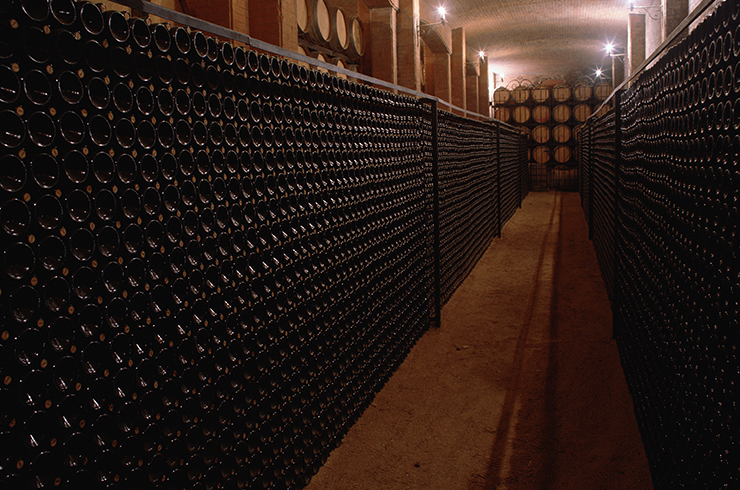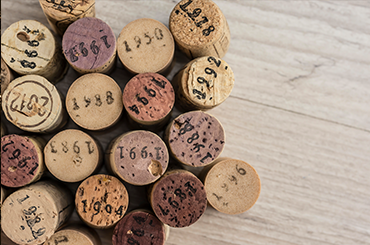James Halliday's Top Cellaring Selections mini-guide for 2017 features 60 diverse wines from around the country that you can be sure will go the distance. Below is a snapshot of Australian winemakers' top tips for spotting strong contenders for your cellar.
On riesling...
Winemaker Steve Baraglia from Pikes in the Clare Valley says: "The wine must have purity of fruit, good acid/pH balance, and above all be fresh and zesty early on in its life. Our 2013 Traditionale has all these elements."
Liz Heidenreich of Sevenhill Cellars says: "Natural acidity allows the wine to retain its fresh flavours as it ages, but the acid softens and the palate becomes fuller, with toasty, nutty flavours. Our 2016 St Francis Xavier has tight and crunchy acidity, is packed full of flavour – pithy grapefruit and lime zest, with a slatey finish."
On shiraz...
Jaysen Collins at Massena says "abundant natural, old vine fruit tannins that are fine and focused, supported by fresh acidity" like those found in 2015's The Eleventh Hour (95 points) provide the all-important skeleton of structure needed for cellaring.
Winemaker Tim Smith, who has worked in the Barossa region for 30 years, says: "Eden Valley produces fruit, when picked at optimum time, with a naturally low pH, which gives the wine a natural advantage in ageability." His cellaring pick is the 2014 TSW Reserve.
Adelaide Hills winemaker Duane Coates recommends looking for "great vineyard provenance from a very good vintage, combined with traditional winemaking techniques". He says the cooler climate origins of the grapes, good acid backbone and abundant yet fine-boned tannins are what will ensure the longevity of 2015's The Garden of Perfume & Spice Syrah.
Gundog Estate's Matt Burton says: "The outstanding quality of the 2015 Canberra vintage became apparent before we harvested. Throughout the entire production process, the shiraz seemed effortless, generous, and remarkably well balanced; all factors hinting toward great cellaring potential."
On chardonnay...
Bruce Dukes of Streicker Wines says technical information should reassure you of a wine's cellaring potential. He explains: "For our 2014 Ironstone Block [95 points] we used a combination of techniques designed to assist ageing, including fruit from low-yielding vines, whole-bunch pressing and barrel fermentation. There’s a focus on developing texture and structure to support primary fruit characters at release and also the more complex aged characters."
On cabernet sauvignon...
Chris Thomas from Dowie Doole in McLaren Vale says to look at tannin structure and balance, and for a vibrancy like that found in 2013's The Banker (96 points). "The full-bodied palate is rich and generous with an amazingly long tannin backbone, giving the wine great length." he explains.
Cathy Howard of Whicher Ridge Wines says the climate and soil of Geographe make for highly cellar-worthy wines when combined with artisanal winemaking practices such as hand plunging, barrel fermenting and basket pressing. Her top pick is the 2013 Elevation.
On durif...
Sam Miranda says reds from the 2015 vintage in the King Valley are worth tracking down. He explains: "The ripening season was mild and dry, which allowed the flavours to develop and tannins to ripen. The fruit for my single-vineyard durif [93 points] was harvested at optimal sugar level with a high natural acidity. This chemical balance is an indicator that the resultant wine would be of great quality and age-worthy, as it required minimal intervention."
On red blends...
Nathan Bailey and Haydn Millard from Brown Hill Estate in Margaret River says "masses of fruit, subtle tanins and lovely oak nuances" bode well for cabernet blends like their 2014 Perseverance Cabernet Merlot (95 points).
Petaluma's Andrew Hardy says 2013 was "one of the great vintages of the past 15 years" for Coonawarra cabernet blends like his Yellow Label Evans Vineyard release (95 points)
For more expert recommendations, download the free 65-page guide now (16.8MB).
Related article: Best Australian wines to cellar







